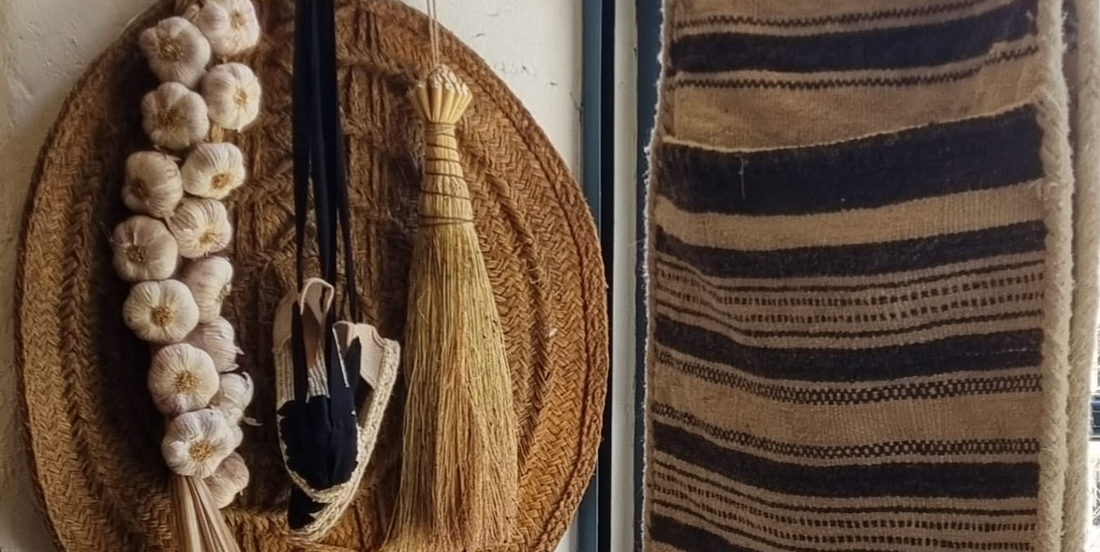
COCOL: TRADITIONAL SPANISH CRAFTS
Located in La Latina, Cocol, is a very peculiar shop dedicated to traditional Spanish crafts. Pepa Entrena´s creation smells like a village store, a grandparents' house, wax, mud, leather, esparto grass, wool and soap. “The store is a dream where my daily illusion is to select and recover timeless objects worked by hands that preserve knowledge transmitted from generation to generation. It is a commitment to add to the job well done by the craftsman…We propose a responsible consumption offer, giving visibility to manufactures made outside the usual circuits of commerce and mass production… During my travels in search of crafts, I am lucky to get to know regions and towns off the beaten path by visitors and tourists. The most depopulated and austere rural Spain, which sometimes seems stuck in time. It was during one of these tours through the wonderful lands of Zamora, in Castilla León, when I discovered the wealth of textiles that this region has historically had and how during the 20th century, the local economy developed around this sector.

Both linen and wool were produced in this area and fed a series of looms that created useful and necessary pieces on a daily basis: sacks, saddlebags, blankets...The activity of these looms was increased by the important cattle fairs, the wheat mills and the needs of the population.On the one hand we have a sheep farm that was the economic base of the region. On the other hand, an agriculture based on the cultivation of flax and wheat. The wheat, in turn, had to be transported to the mills, for which both linen and wool sacks were needed for this purpose: Los Costales.At the same time, trade and transport between towns on mules and horses required having strong and resistant "alforjas". The saddlebags were the suitcases of the time that were used with these pack animals.No two are alike, they have all been woven on traditional looms in the first half of the twentieth century. Some show signs of use, almost all of them are very well preserved because they were fabrics made to last.Both saddlebags and sacks are marked with letters and embroidered marks that were used to be identified by their owners. The peasants took the wool of their own sheep to the loom and made these orders to the weavers for personal and daily use. Therefore, the weavers did not provide raw materials, they were usually men and they weaved in winter, when the work in the fields became more difficult due to bad weather. 
Patches and patches are also found in these pieces that tell us their story and bear witness to the value they had for their owners and how they took care of these important assets at that time.They were made using the natural wool of churra sheep, undyed, in ecru, brown and black tones. They present drawings of stripes and borders, always different and unique.The sacks were used to store sowing grain, take the wheat to the mill and collect the flour. Sometimes they considered themselves a unit of measurement, since almost all of them in this area measure around 140 cm x 60 cm. Cocol created its own linen totes to pay homage to the old bags. Each one has been made studying the particularities of the piece and highlighting the marks that their original owners made: their initials, the darning and the precious and strong original seams. The black wool shawl or Toquilla was also found in the Zamora area, although its use was very common throughout Spain during the postwar period, the hard years after the Spanish Civil War. It is a women's coat, made of black wool, with fringes and large enough to cover the entire body. Castilla León can be a very cold land in winter. Also called Mantón de Cerres or Quitafrios, it is an everyday and folk art piece of great value for the woman who owned it.

@cocolmadrid
